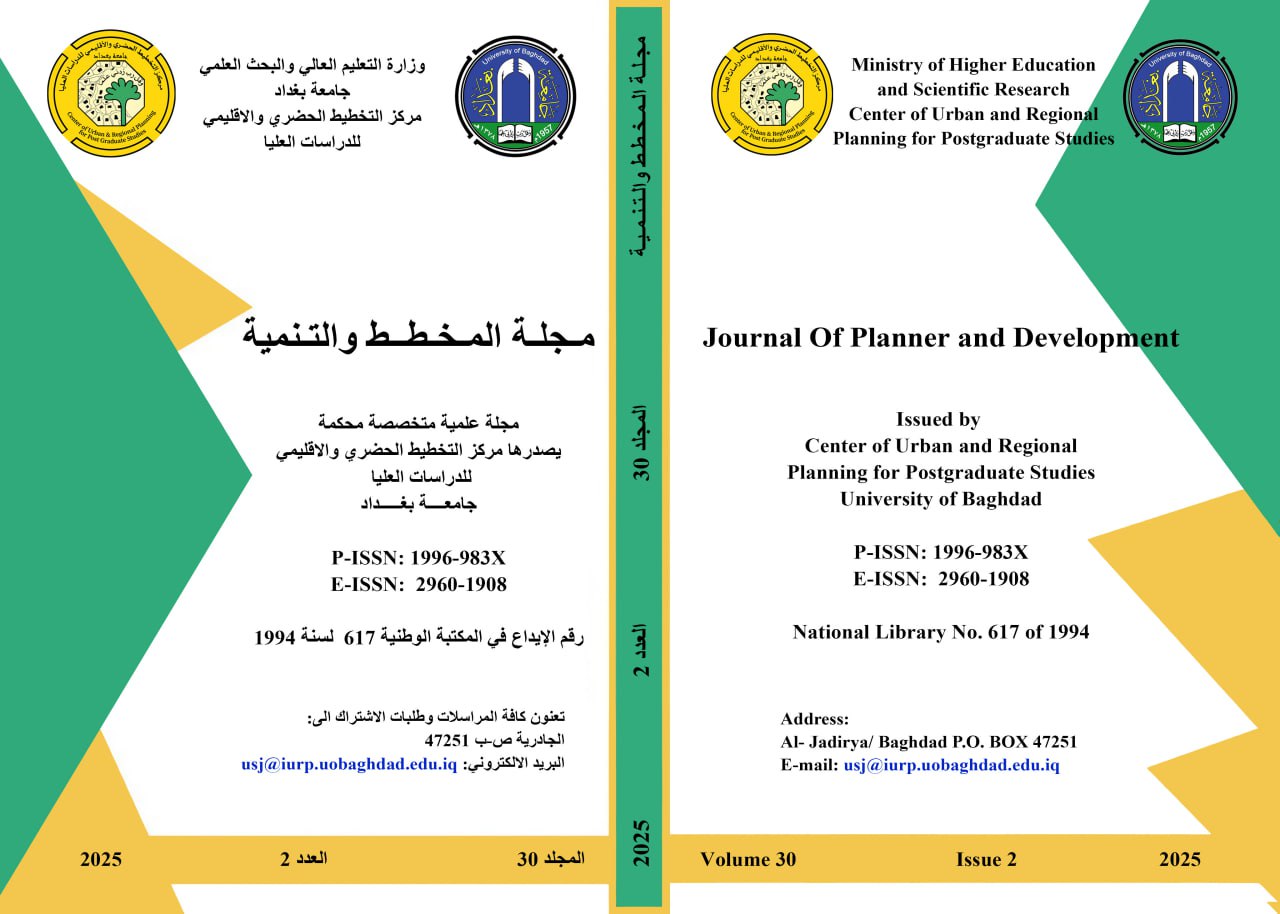Extraction of Water Bodies Maps Using Remote Sensing Data and GIS Technique
Keywords:
remote sensing; NDWI; water-body; Darbandikhan Dam Lake.Abstract
The extraction of water bodies maps using remote sensing and GIS is a crucial aspect of environmental monitoring and management. Remote sensing technology, such as satellite imagery and aerial photography, allows for the collection of data on water bodies from a large spatial scale, while GIS enables the analysis and visualization of this data in a spatial context. This combination of technologies has revolutionized how water bodies are mapped and monitored, providing valuable information for a wide range of applications, including water resource management, environmental impact assessment, and disaster management. By using several techniques, such as unsupervised classification and the water index methods like normalized difference water index and the modified normalized difference water index for the study area for the investigation of the most efficient approach for extracting water body maps, these water bodies have significant impacts on climate dynamics, biodiversity, and human welfare. In this study, we employ two Sentinel-2 satellite pictures to make high-resolution maps of the Darbandikhan Dam lake surface water using remote sensing techniques and GIS with a spatial resolution of 10 meters. for the years 2017 and 2023. After using the methods to extract the area of water bodies and present the results of these methods on field areas, it became clear that the modified normalised difference water index (MNDWI) method is the most accurate in extracting maps for water bodies.



